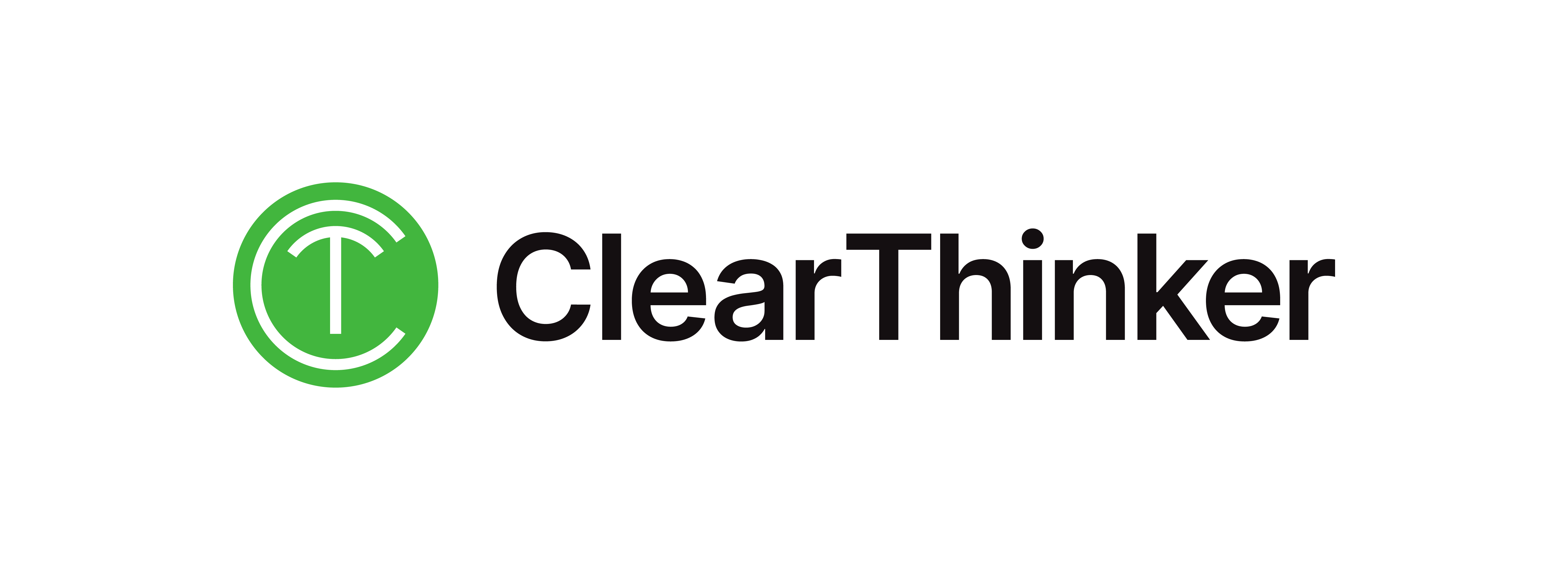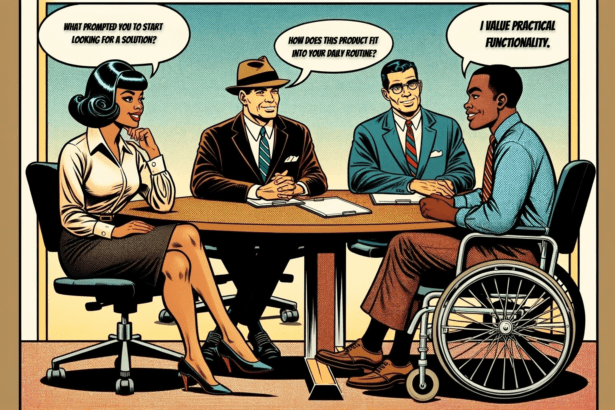
The Jobs To Be Done (JTBD) framework is invaluable for understanding customer motivations and behaviors. Central to this approach is the JTBD timeline, which helps us map out the customer’s journey from initial consideration to final purchase. This article delves into the JTBD timeline’s key components and the forces acting on the buyer throughout this journey.
Defining the JTBD Timeline Components
In the Jobs To Be Done (JTBD) framework, the customer’s journey is meticulously charted through a series of distinct phases, collectively known as the JTBD Timeline. This timeline captures the entire spectrum of a customer’s experience, from the initial inkling of a need to the final act of consumption. Each phase – First Thought, Passive Looking, Event 1, Active Looking, Event 2, Deciding, Purchase, and Consuming – plays a pivotal role in shaping the customer’s decisions and interactions with the product. Understanding these components provides invaluable insights into the customer’s mindset and motivations, aiding businesses in creating more targeted and effective solutions.
Passive Looking
During ‘Passive Looking,’ customers subconsciously notice potential solutions to their needs. They aren’t actively seeking a product but are more open to information. This phase might involve browsing products online without a clear intent to buy, noticing what peers or influencers are using, or paying more attention to advertisements. It’s a period of informal research where the seed of interest is planted and gradually nurtured. Businesses need to recognize this stage as an opportunity to make a positive impression, ensuring their product is visible and appealing, even to those not actively looking to purchase.
Event 1
‘Event 1’ represents a significant turning point that shifts the customer’s mindset from passive curiosity to active search. This event could be personal, like a product breaking down, or external, such as a friend’s recommendation or a significant sale. It creates a sense of urgency or elevates the need’s importance, making the customer actively seek solutions. Understanding this event in a customer’s journey helps businesses identify key moments that drive consumers to act. Tailoring marketing strategies to capitalize on these moments can effectively transition passive observers into active seekers of your product or service.
Active Looking
The customer’s search becomes intentional and focused in the’ Active Looking’ phase. They research options, comparing features, prices, and reviews. This phase is marked by a higher level of engagement – visiting stores, consulting friends, or extensively browsing online. Customers now seek information to address their needs or solve a problem. Understanding this phase is crucial for providing the correct information at the right time for businesses. Engaging customers with detailed product information, comparisons, and testimonials can significantly influence their decision-making process during this critical stage.
Event 2
‘Event 2’ is another pivotal moment that propels the customer closer to a purchase decision. This could be a realization while comparing products, an appealing promotion, or a looming deadline that presses for a decision. It’s a moment of clarity or additional motivation that narrows down the choices and crystallizes the customer’s preference. For businesses, recognizing and facilitating such events can be decisive in converting interest into action. Offering timely promotions, highlighting unique product features, or emphasizing limited availability can create a sense of urgency or appeal that nudges customers from consideration to action.
Deciding
In the ‘Deciding’ phase, the customer weighs their options and deliberates over the final choice. It involves balancing desires, needs, and constraints. Customers evaluate the pros and cons of their options, considering factors like price, quality, brand reputation, and personal preferences. This phase is fraught with internal negotiations and rationalizations as customers seek to justify their choice. Businesses can influence this stage by providing clear, comparative information, reinforcing the value proposition, and addressing common concerns or objections. Understanding the customer’s decision-making criteria at this stage is vital for tailoring persuasive messages that align with their evaluative process.
Purchase
The ‘Purchase’ phase is the culmination of the journey – the actual act of buying. This is when the customer’s considerations and evaluations translate into a tangible action. It’s a critical phase where the ease of purchase process, product availability, and final reassurances play significant roles. A smooth and positive purchasing experience can reinforce the customer’s decision and foster loyalty. Conversely, a cumbersome process can lead to last-minute abandonment. Businesses should ensure a seamless purchase experience, providing multiple payment options, clear instructions, and support to facilitate this crucial step in the customer’s journey.
Consuming
The ‘Consuming’ phase is the post-purchase experience where the customer uses the product. It’s a phase of validation where expectations meet reality. This stage can significantly influence future decisions and brand perceptions. A positive experience can lead to repeat purchases and recommendations, while a negative one can result in returns and adverse word-of-mouth. Businesses should focus on ensuring product quality, providing clear usage instructions, and offering responsive customer support. Gathering feedback during this phase is also crucial for understanding customer satisfaction and areas for improvement, fostering a cycle of continuous product and service enhancement.
Buyer Forces
In the Jobs To Be Done (JTBD) framework, understanding the forces that influence a buyer’s decision-making process is crucial. These forces – Push, Pull, Habit, and Anxiety – play pivotal roles in shaping the customer’s journey from recognizing a need to making a purchase. ‘Push’ refers to factors that drive customers away from their current solution, while ‘Pull’ denotes the attraction of a new product. ‘Habit’ represents the comfort of the familiar, and ‘Anxiety’ encompasses the fears and uncertainties of trying something new. Together, these forces provide a comprehensive lens to analyze and understand customer behavior, enabling businesses to tailor their offerings more effectively.
Push
The ‘Push’ force represents the factors in a customer’s current situation that compel them to seek a change. It arises from dissatisfaction, inconvenience, or the shortcomings of an existing product or service. For instance, a laptop that frequently crashes ‘pushes’ a customer to seek a more reliable device. This force is rooted in a problem or pain point that the customer experiences, creating a desire for a solution. Recognizing these push factors helps businesses understand customer pain points and position their offerings as solutions that alleviate these frustrations, effectively capitalizing on this force to drive customer action.
Pull
The ‘Push’ force represents the factors in a customer’s current situation that compel them to seek a change. It arises from dissatisfaction, inconvenience, or the shortcomings of an existing product or service. For instance, a laptop that frequently crashes ‘pushes’ a customer to seek a more reliable device. This force is rooted in a problem or pain point that the customer experiences, creating a desire for a solution. Recognizing these push factors helps businesses understand customer pain points and position their offerings as solutions that alleviate these frustrations, effectively capitalizing on this force to drive customer action.
Habit
‘Habit’ represents the comfort and familiarity of the current behavior or solution. It’s a force of inertia that makes customers stick to what they know, even when better options may exist. Habits are deeply ingrained and provide a sense of predictability and ease, which can be challenging to break. For instance, a customer may continue using a traditional bank despite the convenience of digital banking options. Overcoming this force requires businesses to present a compelling new option and address the perceived risks and uncertainties associated with change, making the transition seem more manageable.
Anxiety
‘Anxiety’ encompasses customers’ uncertainties, doubts, and fears when considering a new product or service. It acts as a barrier to change, often fueled by concerns about performance, cost, compatibility, or the risk of making a wrong choice. Anxiety can arise from uncertainty about a product’s reliability, unfamiliarity with a brand, or worries about the learning curve associated with a new technology. Businesses can mitigate this force by providing clear, reassuring information, offering guarantees or trial periods, and showcasing customer testimonials. Addressing these anxieties head-on helps to build trust and confidence, smoothing the path to adoption.
Conclusion
Effective note-taking in JTBD interviews requires an in-depth understanding of the timeline and the forces acting on the buyer. Businesses can gain richer insights into their decision-making process and preferences by dissecting the customer’s journey into these detailed components and recognizing the push, pull, habit, and anxiety forces. This comprehensive understanding is critical for developing products and services that meet customer needs and differentiate in the market.

